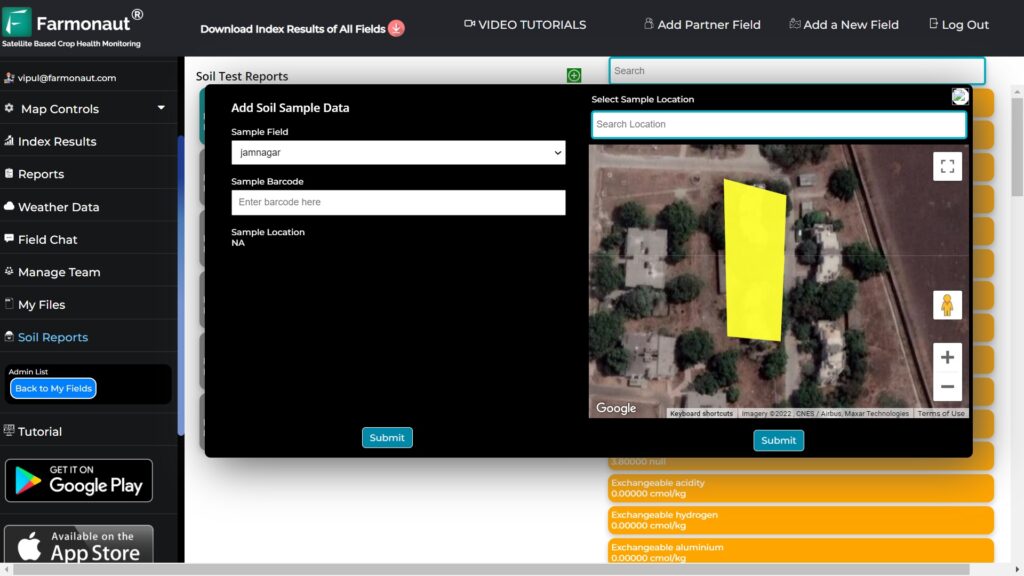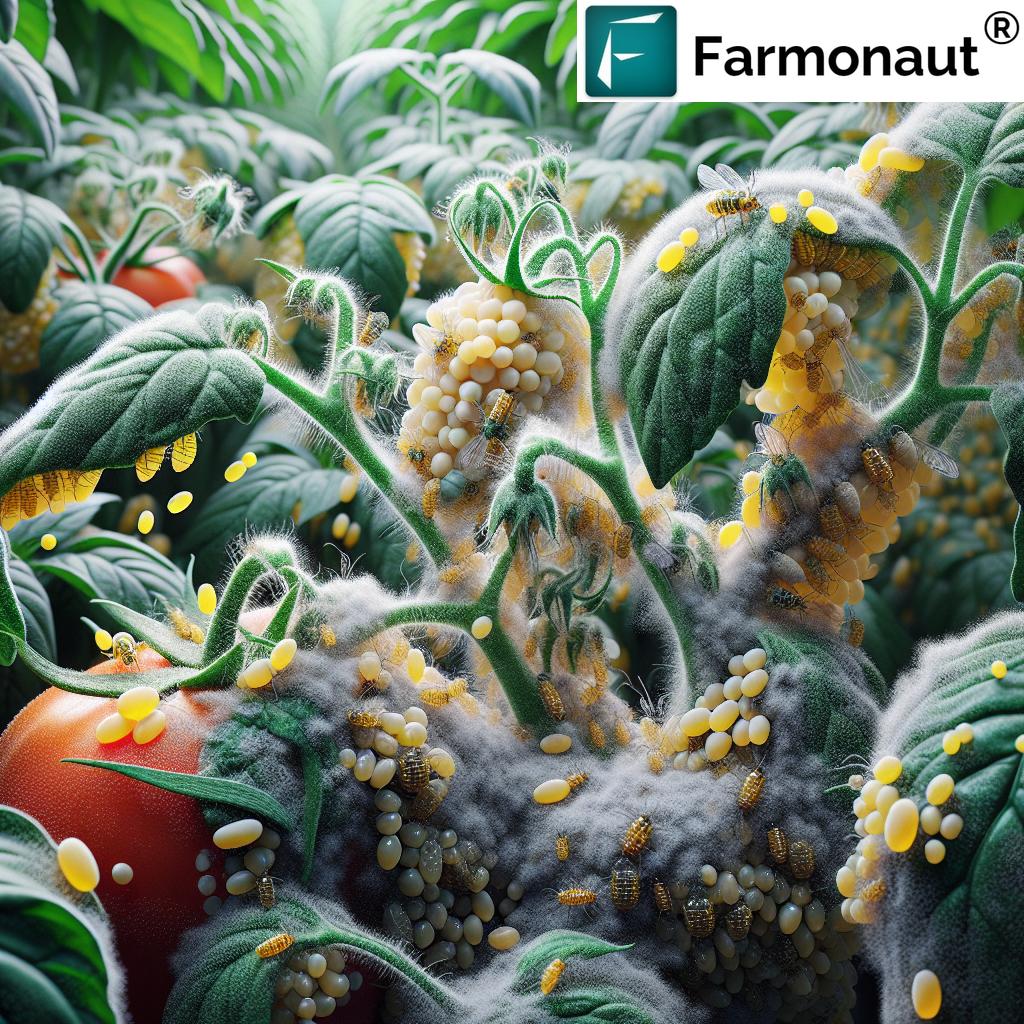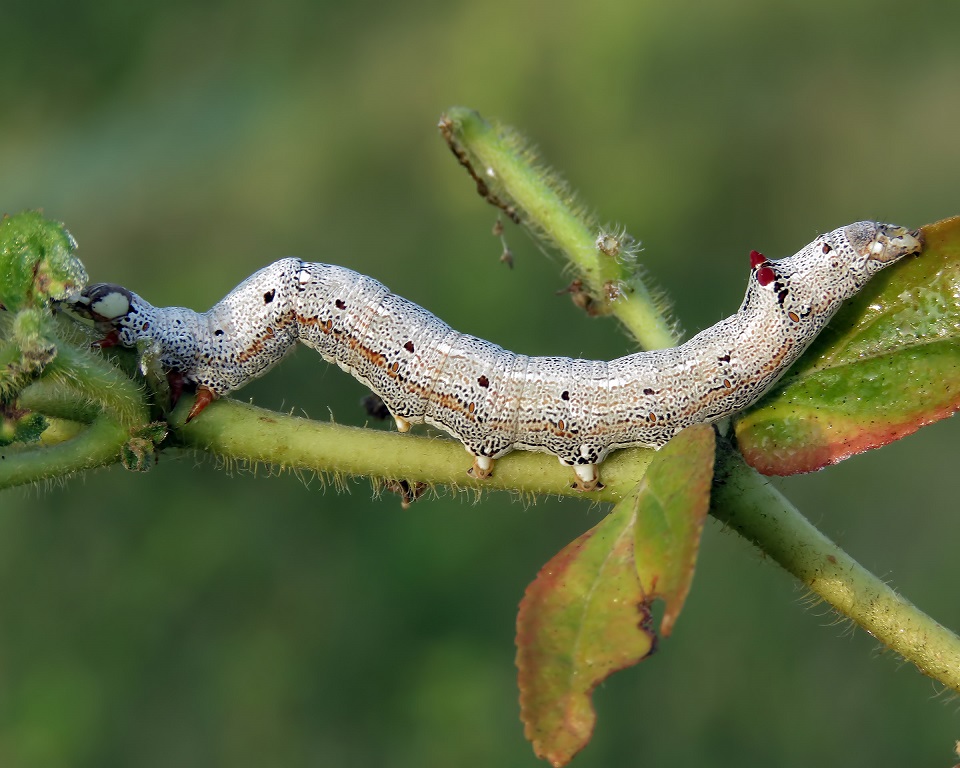Bitter Rot
Bitter Rot

GLOMERELLA CINGULATA
Caused by fungus
Factors –
a- Small, brown, sunken lesions surrounded by a red halo appear on fruits.
b- The brown rot expands from the surface to the core of the fruit, forming a V-shaped pattern.
c- A few of these lesions enlarge and show small, black dots on their middle.
d- The decaying apple dries up and forms a so-called mummified fruit.
Hosting bodies – Apple and Cherry

Identifiable traits
Its primary symptoms appear during the spring as small grey or brown flecks on young fruits.
As soon as summer starts, these flecks have developed into small, sunken, brown lesions, sometimes surrounded by a conspicuous red halo. As soon as the conditions become favourable to them, a few of these lesions enlarge further and show small, black or dark brown dots on their middle. As time passes, the brown, watery rot expands from surface to the core of the fruit, forming a V-shaped pattern (cylindrical rot pattern around the core are typical of another disease of apple, bot rot). This decomposes the decaying apple and dries up and usually remains hanging on the branch, forming a so-called mummified fruit. Infections are characterized by small purple flecks that later enlarge to irregular necrotic areas of the leaves. Leaves that are affected severely turn yellow and eventually shed. The contagion of the disease to shoots will compromised flowering the following season. All varieties of apple are susceptible to bitter rot.
Inducing factors
The symptoms on leaves and fruit are caused by two different sexual stages of the same pathogen. The spots on leaves and fruit are the results of the colonization of the tissues by the sexual form Glomorella cingulate. Colletotrichum gloeosporiodes is the asexual form and is the causal agent for the fruit lesions later in the season. Infected wood and mummified fruits are the overwintering sites of the fungus. During the spring, it starts growing and produces spores that are released by rain splashes and dispersed by wind. As temperature elevates
(25˚ C) and prolonged periods of leaf wetting favoured the life cycle of the fungus and infection development, but are more common in the latter half of the season. Epidemic proportion and immense loss can be reached during prolonged periods of wet warm weather during fruit growth.

Organic remedies
An antagonist, Metchnikowia pulcherrima T5-A2, was uses in combination with heat treatment to control bitter rot on ‘Golden Delicious’ apples under controlled conditions. These treatments still needs to be tested in the field trials depending on their productivity.
Chemical remedies
If available, always consider an integrated approach with preventive measures together with biological treatments. Spraying every fortnight with preparations based on dinathion, copper or sulphur can generate effective results if a good sanitation program is followed. If periods of warm, wet weather occur, it is imperative to spray more frequently than every 14 days.
Extra remedies
Make sure entire field is properly sanitised. At low incidence, monitor the orchards and remove diseased fruit from the tree during the growing season. Infected parts (wood and tress residues) must be removed and destroyed after harvest. Alternatively, mow dead braches on the ground in order to increase the rate of decomposing. Plant fortifier can be applied to keep the plan resistant against such infections. Maintain a balanced fertilization program.
We will keep posting about any such informative information on to our blogs, to help as many people as possible. Farmonaut is built upon a vision to bridge the technological gap between farmers and strives to bring state-of-the-art technologies in the hands of each and every farmer. For any queries/suggestions, please contact us at support@farmonaut.com.
We have some more interesting articles coming up soon. Stay tuned!
Wait!!
Before that…
Follow us at:
Facebook: https://facebook.com/farmonaut
Instagram: https://instagram.com/farmonaut
Twitter: https://twitter.com/farmonaut
LinkedIn: https://www.linkedin.com/company/farmonaut/
Pinterest: https://in.pinterest.com/farmonaut/
Tumblr: https://farmonaut.tumblr.com/
Youtube: https://www.youtube.com/channel/UCYWOOPPKATLgh4L6YRlYFOQ
AppLink: https://play.google.com/store/apps/details?id=com.farmonaut.android
Website: https://farmonaut.com
Satellite Imagery: https://farmonaut.com/satellite-imagery
Satellite Imagery Samples: https://farmonaut.com/satellite-imagery-samples













